5 Best Conversational AI Tools in 2025
Explore the top Conversational AI tools in 2025, including Labellerr, Google Dialogflow, IBM Watson Assistant, Amazon Lex, and Oracle Digital Assistant, which enable businesses to build intelligent, scalable chatbots for improved customer engagement.
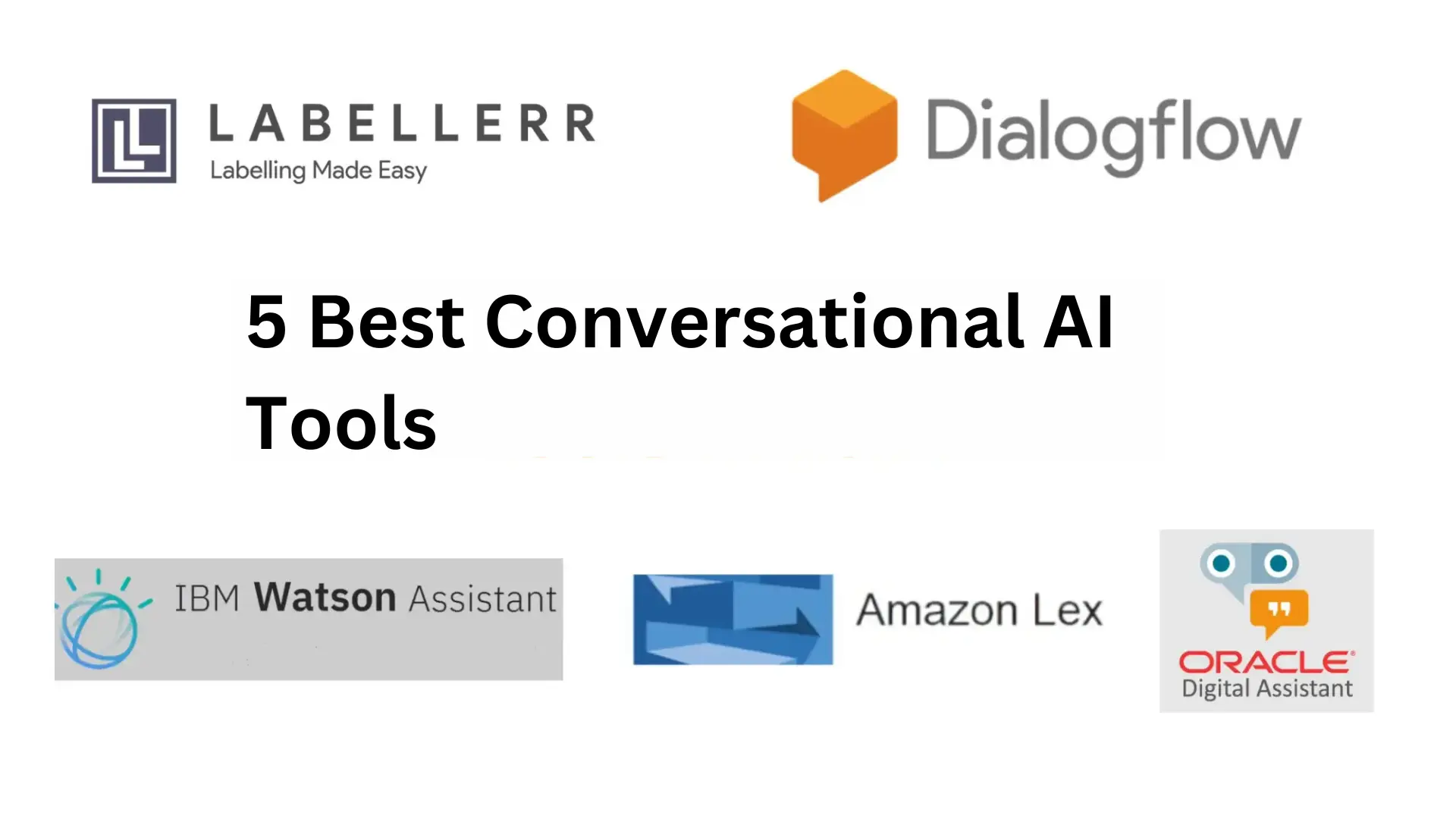
Conversational AI tools are getting more popularity and usage even more after the evolution of LLMs in the past couple of years.
We have prepared a list of some of the best tools that can help AI-ML teams to build a conversation bot effectively.
The points we'll discuss in the article-
- What is a conversational AI platform?
- Why use conversational AI software?
- How does a conversational AI tool work?
- Labellerr
- Google Dialogflow
- IBM Watson Assistant
- Amazon Lex
- Oracle Digital Assistant
- Conclusion
- Frequently Asked Questions
What is a conversational AI platform?
A conversational AI platform is a specialized software designed to simplify the creation, training, and deployment of conversational self-service tools like chatbots, voice bots, or virtual agents.
These platforms empower organizations to build intelligent AI agents capable of engaging in natural language conversations at scale.
They offer a range of tools to build omnichannel, multilingual bots, perform in-platform testing, analyze and optimize bot performance, and drive conversational commerce to grow revenue.
The primary goal is to streamline and scale the development of conversational AI solutions, offering businesses a reliable solution for 24/7 customer engagement.
Why use conversational AI software?
In today's business landscape, conversational AI transcends being merely a strategic choice; it's a business necessity.
With heightened customer expectations, businesses are turning to AI-driven solutions to stay competitive, foster loyalty, and drive growth.
Conversational AI software enables personalized, prompt responses, creating seamless experiences for customers and establishing a competitive edge.
Advanced platforms integrate Generative AI to elevate conversation quality, improving the relevance and accuracy of responses significantly.
This technological synergy propels businesses into the future, where intelligent and personalized engagement becomes a cornerstone for success amidst high customer expectations.
How does a conversational AI tool work?
Powered by machine learning and deep neural networks, conversational AI tools follow a structured process.
Users input text or speech, which is then processed through Natural Language Processing (NLP) to extract intent and structured data.
Natural Language Understanding (NLU) comprehends intent and context, while AI models predict responses based on user intent and training data.
Natural Language Generation (NLG) forms appropriate responses for human interaction.
Successful chatbot implementation involves understanding organizational requirements, defining chatbot conversations and data criteria, choosing a top conversational AI platform, prototyping, testing, launching, gathering feedback, and continuously optimizing based on user input and algorithmic tweaks.
Top Conversational AI Tools
1. Labellerr

Labellerr is one of the best conversational AI tools, tailored for annotating and labeling audio data crucial for training machine learning and AI models.
It offers a user-friendly interface with drag-and-drop functionality, supports diverse audio formats, and provides robust annotation features.
Labellerr facilitates collaboration, integrates seamlessly with other platforms, ensures version control, and prioritizes data security.
With scalability and performance, it's ideal for tasks like speech recognition, sound classification, sentiment analysis, and AI model training.
Labellerr's Features, Strengths, and Versatility
1. User-Friendly Interface
Labellerr boasts an intuitive design, making the audio data labeling process efficient with drag-and-drop functionality.
This ease of use enhances productivity and user experience.
2. Format Versatility
Supporting various audio formats like MP3, WAV, and FLAC, Labellerr accommodates a wide range of audio types, including speech, music, and environmental sounds.
This versatility ensures its applicability across diverse AI applications.
3. Annotation Features
Labellerr equips users with robust labeling tools, allowing them to add metadata such as timestamps.
This facilitates supervised machine learning by providing labeled data essential for model training and accuracy.
4. Collaborative Functionality
With collaborative features, Labellerr enables multiple annotators or team members to work simultaneously on projects.
This fosters teamwork, enhances productivity, and streamlines the annotation process.
5. Integration and Compatibility
Labellerr seamlessly integrates with other platforms and tools, ensuring smooth import and export of data and compatibility with various machine learning frameworks.
This interoperability enhances its usability and versatility.
6. Version Control
Labellerr maintains a comprehensive history of annotations, enabling versioning and tracking changes made to annotated audio segments over time.
This feature ensures data integrity and facilitates auditing and review processes.
7. Security Measures
Labellerr prioritizes data security by employing encryption, user access controls, and compliance with privacy regulations.
This ensures the safeguarding of sensitive audio data, enhancing user trust and compliance.
8. Scalability and Performance
Capable of efficiently handling large audio datasets, Labellerr maintains optimal performance even under heavy workloads.
This scalability ensures its suitability for projects of varying scales and complexities.
Use Cases
Labellerr serves a wide range of use cases, including conversational aid, speech recognition, sound classification, sentiment analysis, and AI model training.
Its versatility makes it indispensable across industries and applications, from customer service to market research.
In summary, Labellerr emerges as a top conversational AI tool due to its user-friendly interface, format versatility, robust annotation features, collaborative functionality, integration capabilities, version control, security measures, scalability, performance, and diverse use cases.
These strengths make it an invaluable asset for organizations seeking efficient and accurate audio data annotation for AI model training and development.
2. Google Dialogflow
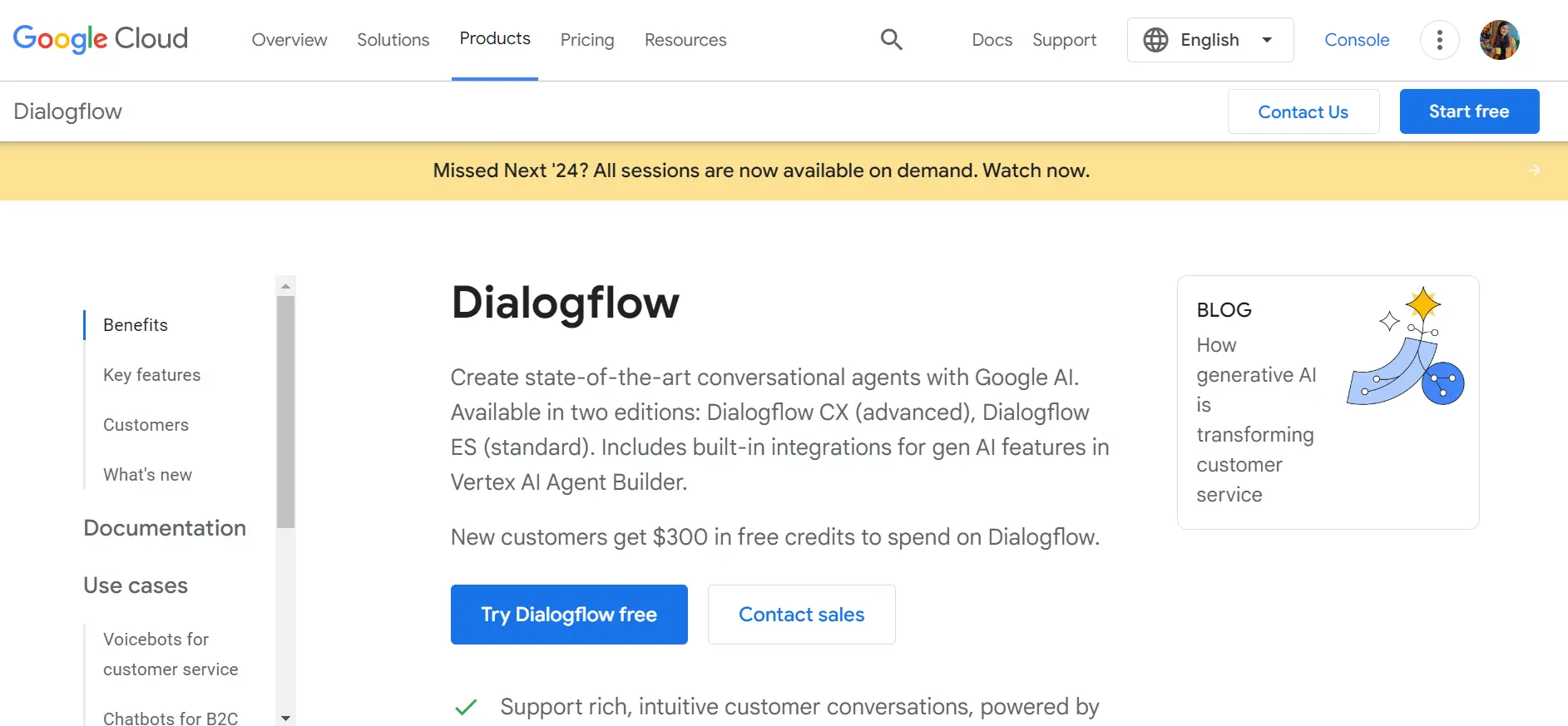
Dialogflow by Google Cloud is an extensive Conversational AI platform that encompasses natural language understanding, sentiment analysis, and multi-channel support.
It empowers enterprises to develop chatbots and virtual assistants for websites, mobile apps, and messaging platforms.
Dialogflow can comprehend and respond to user queries in real-time, by leveraging robust machine-learning capabilities, delivering personalized assistance, and fostering engagement.
Dialogflow, formerly known as Api.ai, represents a state-of-the-art tool for building chatbots that have transformed human-computer interaction.
Engineered to provide users with innovative and interactive ways to engage with digital products, Dialogflow stands out in constructing voice and text-based conversational interfaces powered by artificial intelligence.
Since its acquisition by Google in 2019, Dialogflow has integrated the technological prowess of a leading tech giant into chatbot development.
Prioritizing user experience and AI integration, Dialogflow drives innovation by enabling developers to create dynamic, responsive, and intuitive conversational interfaces across various applications and industries.
Key Features
1. Natural Language Processing
2. Scalability
3. Cross-App Compatibility
4. User-Friendly Interface
5. NLP Capabilities
Google Dialogflow is recognized for its user-friendly interface and scalability, making it an accessible solution for chatbot creation, particularly for individuals with limited coding experience.
While its NLP capabilities and scalability are commendable, aspects such as customization challenges, learning curve, cost structure, and integration complexity should be considered.
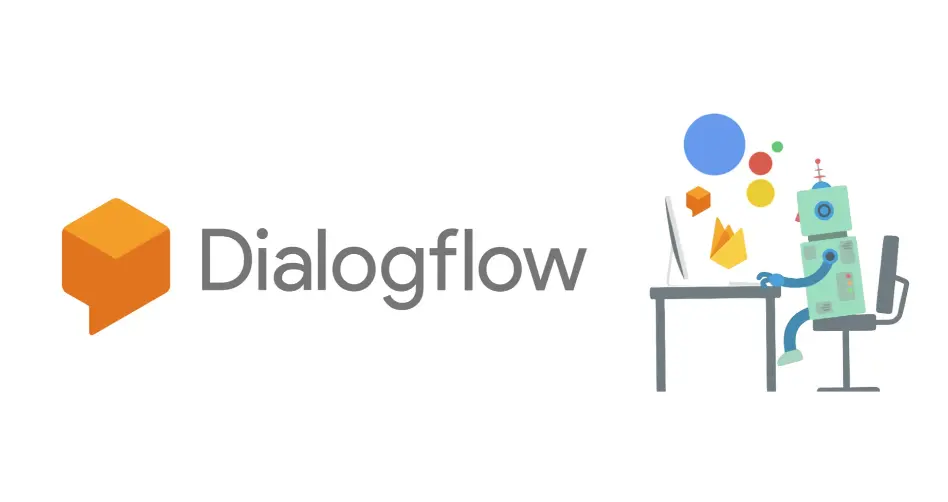
Despite these challenges, Dialogflow remains a potent tool, and users should evaluate its strengths and limitations based on their specific requirements and preferences.
Strengths
Dialogflow's drag-and-drop interface and pre-built templates facilitate easy chatbot creation, even for non-coders, reducing entry barriers and encouraging experimentation.
Additionally, Dialogflow's NLP capabilities enable it to grasp the nuances of human language, enhancing user interactions and experience.
Areas for Improvement
Dialogflow employs its proprietary language structured as intents or training phrases, which may pose a learning curve for new users.
Additionally, the pay-as-you-go pricing model could become costly as usage scales up, potentially making it less cost-effective for larger organizations.
The trial and pricing information for Dialogflow is unavailable on the vendor website.
3. IBM Watson Assistant
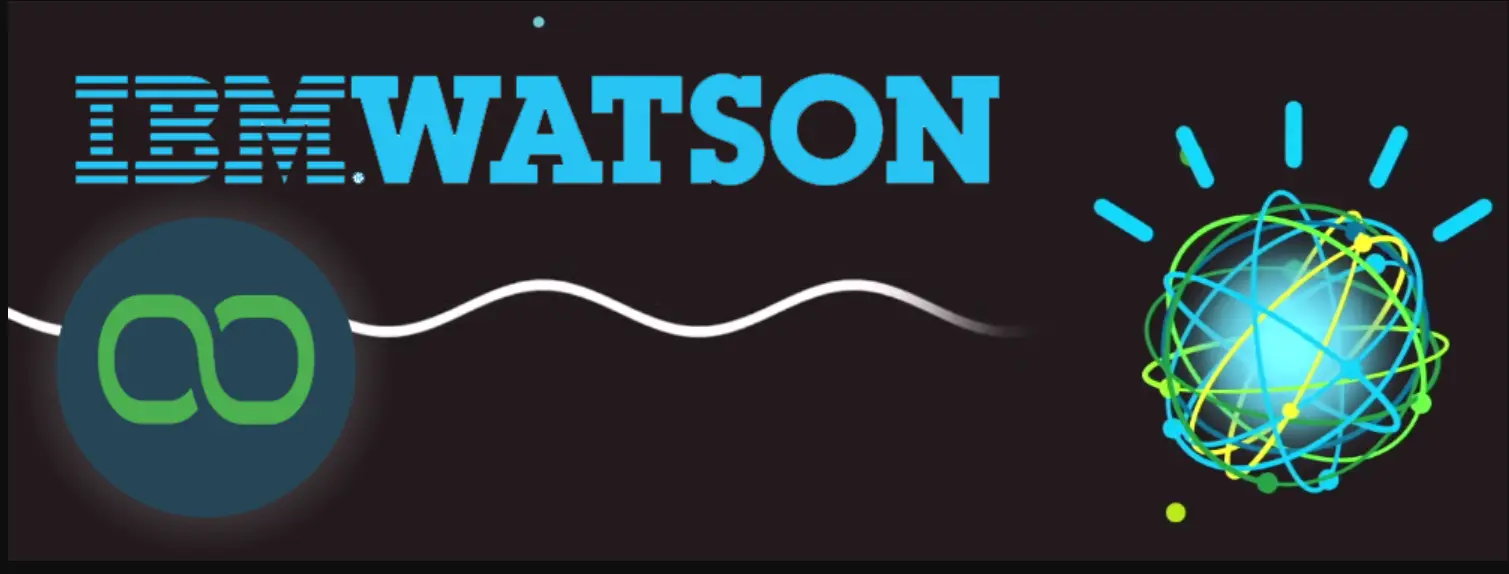
IBM Watson Assistant is a leading Conversational AI platform empowering enterprises to develop and deploy virtual assistants across diverse channels.
It harnesses advanced AI capabilities such as natural language processing, intent recognition, and dialogue management, enabling the creation of tailored conversational experiences for various purposes, be it customer support, sales assistance, or internal operations.
Key Features
1. Seamless Human-Bot Handover
Allows smooth transitions between human agents and virtual assistants for enhanced customer interactions.
2. Voice Capability
Supports voice interactions, expanding accessibility and usability across different user preferences.
3. Distinct Dataset
Employs a unique dataset for comprehensive understanding and contextually relevant responses.
4. Intent Recognition
Identifies user intents accurately, facilitating effective communication and problem-solving.
5. Contextual Understanding
Delivers responses based on context, ensuring a personalized and intuitive conversational experience.
IBM Watson Assistant stands out as a comprehensive Conversational AI platform, revolutionizing customer interactions through automated chatbots and virtual assistants.
While it excels in diverse applications and implementations like SCBN and IBM's internal portal for employee support, users note some limitations in its utility for specific use cases, particularly for IT professionals engaging in literal string matching.
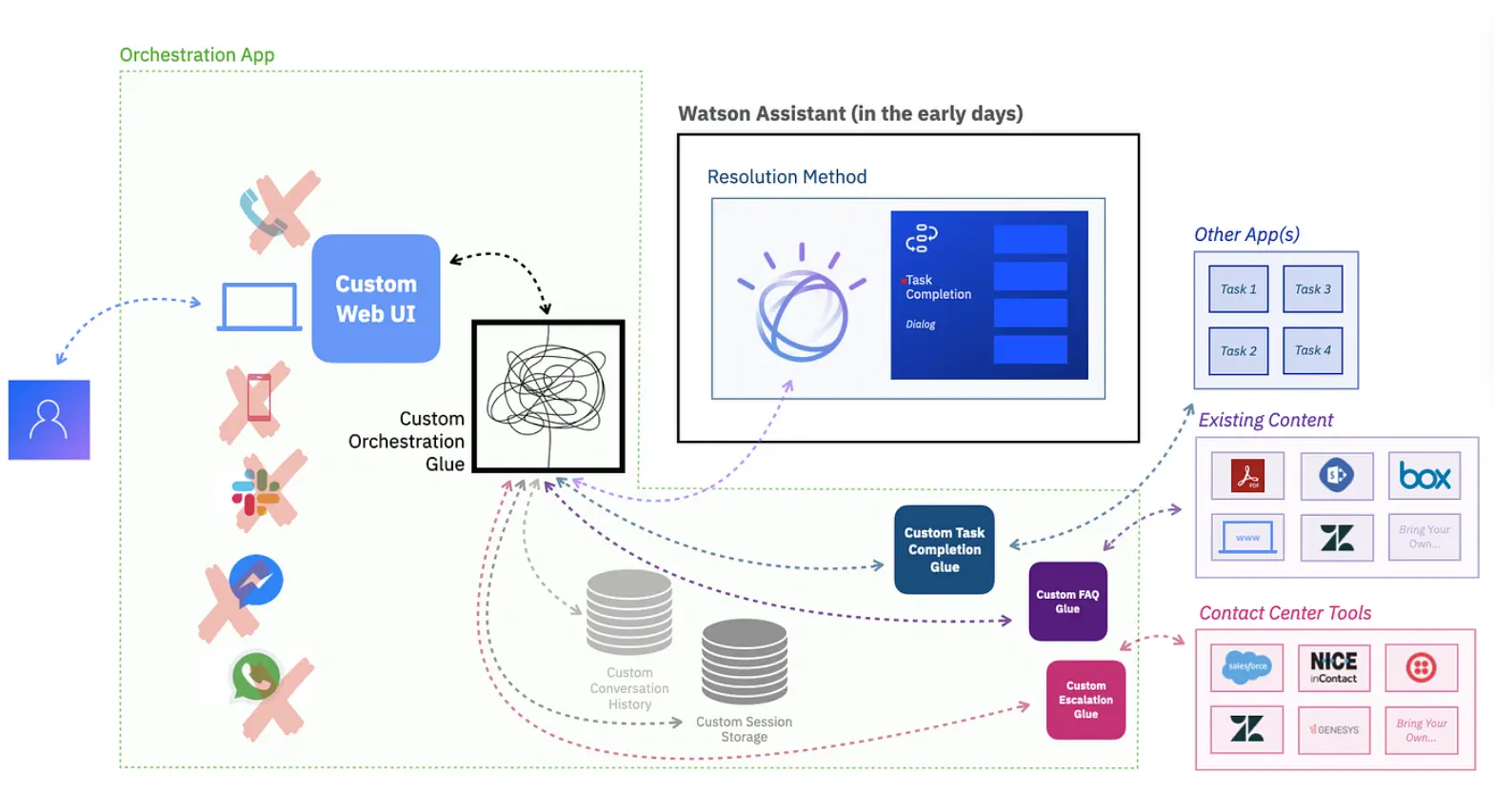
Strengths
The users of IBM Watson Assistant found its capability to create and deploy chatbots and virtual assistants extremely easy and fast.
It enables businesses to offer automated customer support and engagement, enhancing user experience and driving business value.
Areas for Improvement
The initial learning curve associated with configuring and fine-tuning AI models might be challenging.
Improved documentation and additional tutorial videos could facilitate faster implementation.
However, overall, there are no significant dislikes about the tool.
Pricing
$140 per 1000 users
Free Trial: A free lite version is available.
IBM Watson Assistant emerges as a powerful Conversational AI tool, empowering enterprises to enhance customer engagement, streamline operations, and drive business growth through intelligent virtual assistants.
4. Amazon Lex
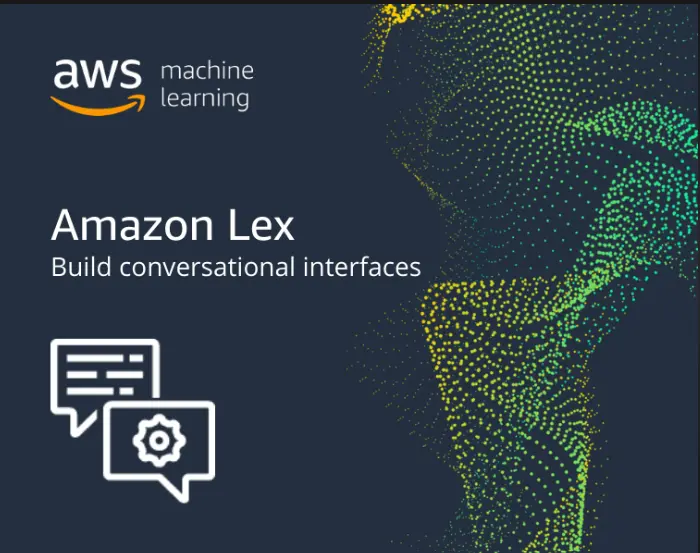
Amazon Lex is a fully managed Conversational AI service offered by AWS, empowering enterprises to develop chatbots and virtual assistants powered by Amazon's expertise.
With its deep learning algorithms and automatic speech recognition capabilities, Lex can understand and interpret user inputs across various languages and dialects.
Enterprises can utilize Lex to automate customer support, streamline sales processes, and boost employee productivity through conversational interfaces.
Amazon Lex brings Amazon's deep learning technologies to businesses, facilitating the creation of sophisticated chatbots driven by natural language understanding.
Seamlessly integrated with AWS services, it is particularly advantageous for businesses entrenched in the Amazon ecosystem.
Key Features
1. Intent Understanding
2. Context Maintenance
3. Seamless AWS Integration
4. Dialogue Flow Design
5. User Authentication and Authorization
Amazon Lex proves to be a robust tool for chatbot development, offering a user-friendly solution suitable for both code and no-code configurations.
While praised for its ease of implementation, design flexibility, and effective chatbot training, some users express concerns about its limited capabilities, particularly compared to newer chatbot solutions.
Documentation conflicts and challenges in external website integration are areas highlighted for improvement.
Amazon Lex is well-suited for businesses integrated with AWS but may present challenges for those outside the Amazon ecosystem.

Strengths
Lex is easy to configure, making training and configuring the chatbot simple. Whether using code or no-code configurations, Lex offers an optimal solution, especially for users of Amazon Connect.
Areas for Improvement
Hardware and software require complex configurations before use, often reliant on Amazon Web Services.
Users note that if the server experiences downtime, the application becomes inoperable.
Pricing
Contact sales for pricing information.
Free Trial: First-year users can avail themselves of a free trial, offering 10K text requests and 5K speech requests per month for free.
Amazon Lex stands as a powerful Conversational AI tool, enabling businesses to create engaging chatbot experiences and enhance customer interactions.
5. Oracle Digital Assistant
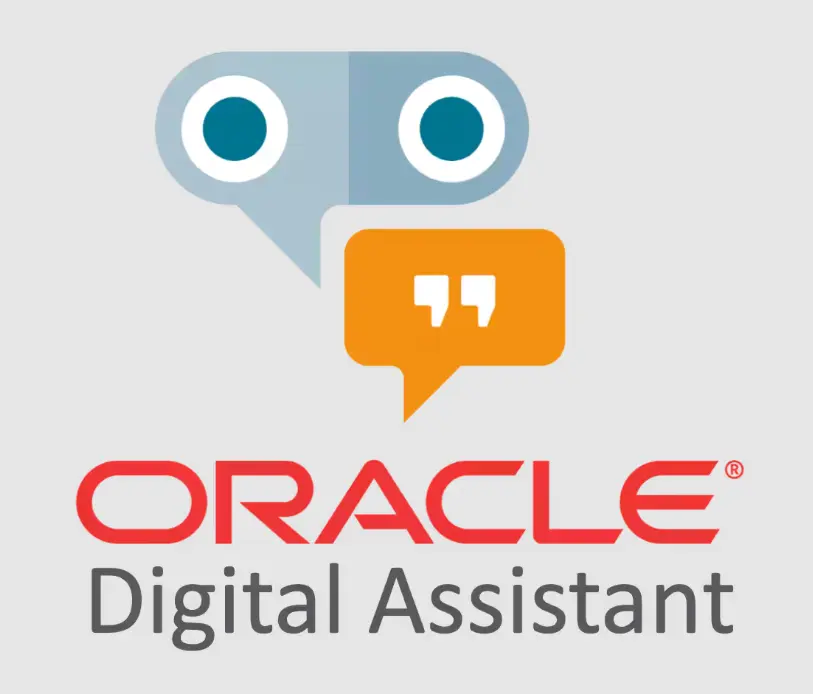
Oracle Digital Assistant stands out in conversational AI with its modular approach to chatbot technology.
This comprehensive system employs unique modular "skills" to enrich chatbot functions, offering users a flexible and customizable platform.
Strengths
One of its distinguishing features is the abundance of tutorials and workshops provided to educate users, ensuring they can leverage the tool to its fullest potential.
Moreover, Oracle Digital Assistant integrates advanced natural language understanding capabilities, enhancing its ability to comprehend and respond to user queries effectively.
Areas of Improvement
Users should note certain limitations.
While the platform empowers users to create customized conversational flows, this may require some level of coding experience, posing a challenge for those without technical expertise.
Additionally, the range of response choices may be perceived as somewhat limited, potentially impacting the bot's ability to provide nuanced and varied interactions.
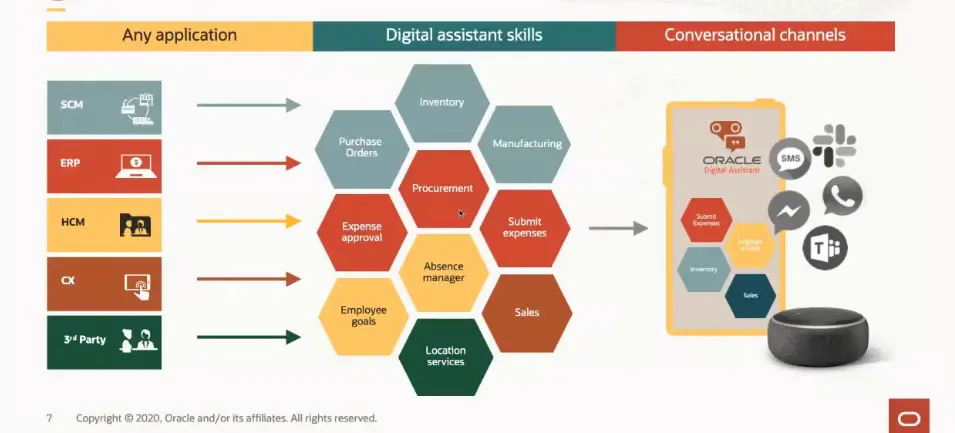
Pricing
In terms of pricing, Oracle Digital Assistant offers flexibility, accommodating both per-request charges and subscription-based models.
For SaaS customers, pricing typically involves a unit price per request, with a minimum hourly requirement.
Alternatively, monthly subscription options vary depending on the type of hosting and the number of sessions required.
Overall, Oracle Digital Assistant is an excellent choice for companies seeking a modular approach to conversational AI chatbots.
Its applications span across various domains, with particular relevance in customer service and HR where efficient and adaptable chatbot solutions are in high demand.
Conclusion
Conversational AI platforms like Labellerr, Google Dialogflow, IBM Watson Assistant, Amazon Lex, and Oracle Digital Assistant offer powerful solutions for businesses seeking to streamline customer engagement and enhance operational efficiency.
These platforms empower organizations to create intelligent chatbots and virtual assistants capable of natural language interactions, driving growth and fostering customer loyalty.
With their user-friendly interfaces, robust features, and scalability, conversational AI tools pave the way for personalized, seamless customer experiences in today's digital landscape.
Frequently Asked Questions
1. How does a conversational AI tool work?
A conversational AI tool works by processing user inputs, either text or speech, through natural language processing (NLP) to understand intent and context.
It then uses machine learning algorithms to generate appropriate responses, creating a human-like conversation experience.
2. What makes a good conversational AI platform?
A good conversational AI platform is characterized by several key attributes.
Firstly, it should offer advanced natural language processing (NLP) capabilities to accurately understand user intent and context.
Secondly, it should provide robust tools for building and training chatbots or virtual assistants, enabling customization and scalability.
Thirdly, it should support multi-channel communication, allowing interactions across various platforms and devices.
Additionally, seamless integration with existing systems and easy deployment are crucial.
Finally, continuous improvement through analytics and feedback mechanisms enhances the platform's effectiveness over time.

Simplify Your Data Annotation Workflow With Proven Strategies
.png)

